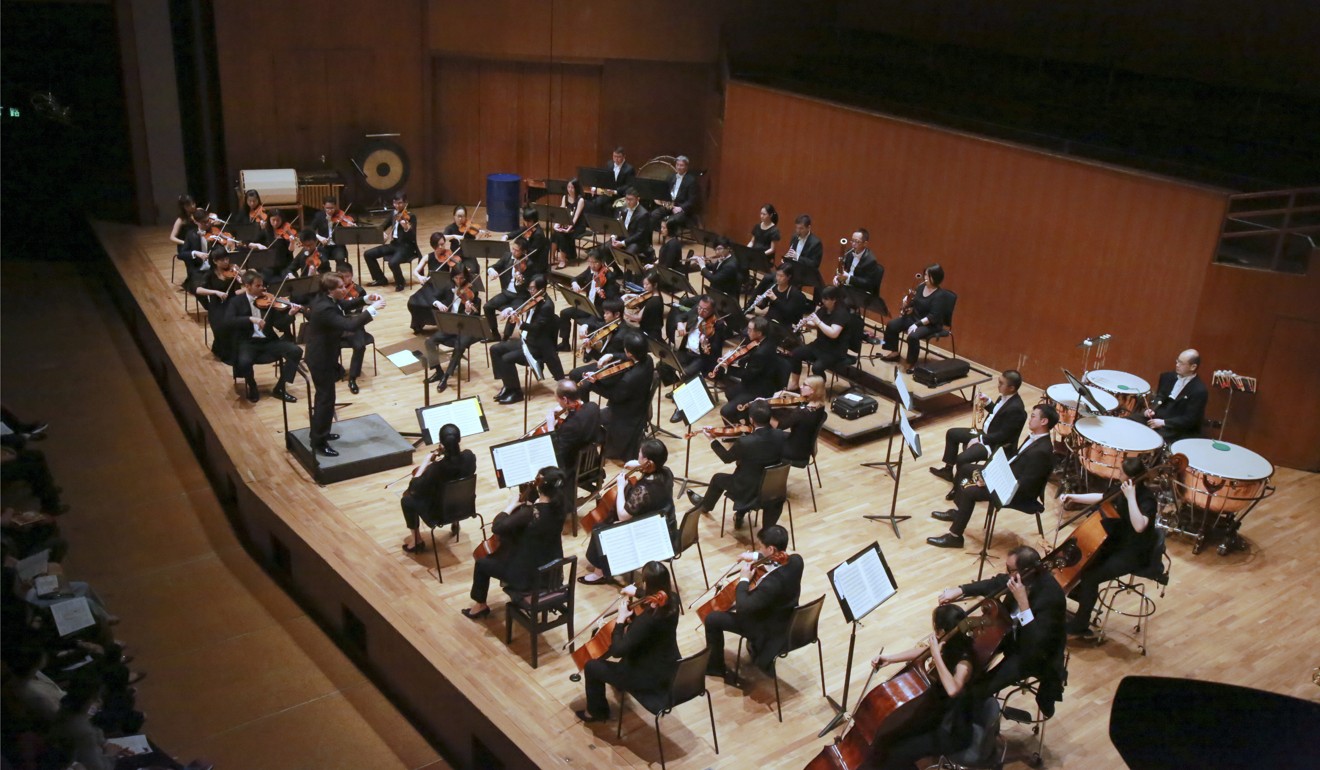
Review: Jean-Guihen Queyras with the Hong Kong Sinfonietta – classics and rare gems
The French cellist shone, the percussionists deserve a special mention, but pride of place must go to the perfect rendition of Ouroboros, a modern and demanding cello concerto
Although the two major works programmed in Saturday’s concert – Haydn’s Cello Concerto No 1 in C and Schubert’s Symphony No 4 in C minor – are standard classical repertoire, pride of place must go to Ouroboros, a cello concerto by ultra-modern Austrian composer Thomas Larcher commissioned by the Hong Kong Sinfonietta and five European orchestras.
The instrumentation makes interesting reading; it includes a prepared piano, a wide range of percussion including such modern accessories as an oil barrel and a biscuit tin and the first wind machine (a contraption resembling a large kitchen roll with a winding handle) that I have ever seen.
The performance of a piece such as this demands the utmost commitment and dedication. By any standards the quieter lyrical interludes of the work were original and beautiful, but the more complex and possibly problematic sections provided an absorbing opportunity to watch the players of the Sinfonietta in action.

Opening the programme was the Concert Românesc for orchestra, a folk-inspired piece by avant-garde Hungarian composer György Ligeti. Written long before his more celebrated and modernistic output, this rare repertoire made for a surprising and welcome introduction to the evening.
Contemplative interplay between winds and strings led to vivid Romany jigs that had guest conductor Clemens Schuldt jiving on his podium. There followed lyrical solos from horn and cor anglais against shimmering strings before the piece ended on a more vigorous note.
We’re lucky to have the Haydn concerto. It was discovered in a drawer in a Prague museum, where it had languished for 150 years. As with the preceding Ligeti, the score was only resurrected in the latter half of the 20th Century and for a while its authenticity was in doubt.

Bach’s 4th Suite for Solo Cello provided a peaceful encore that showcased the mellow, singing tone of Queyras’ playing.
Schubert wrote his fourth symphony, the “Tragic”, at the tender age of 19. It’s sobering to think that he had only 12 more years to live. Given the existing legacy of this amazing composer, we can only wonder at the music he might have left the world had he survived as long, say, as his idol and contemporary, Beethoven.
As it is, none of his major works were performed during his lifetime, and they had to wait many years before being rescued for posterity. The symphony itself does, indeed, have a youthful outlook, but strings and wind blended beautifully under maestro Schuldt, especially in the Andante, and the Allegro romped through to a triumphant conclusion.
